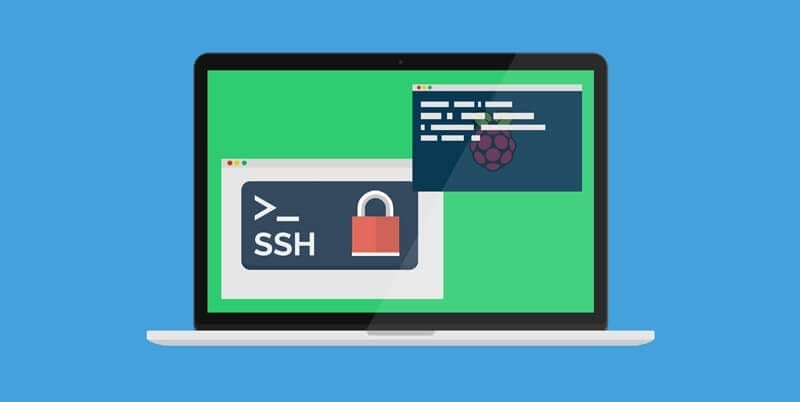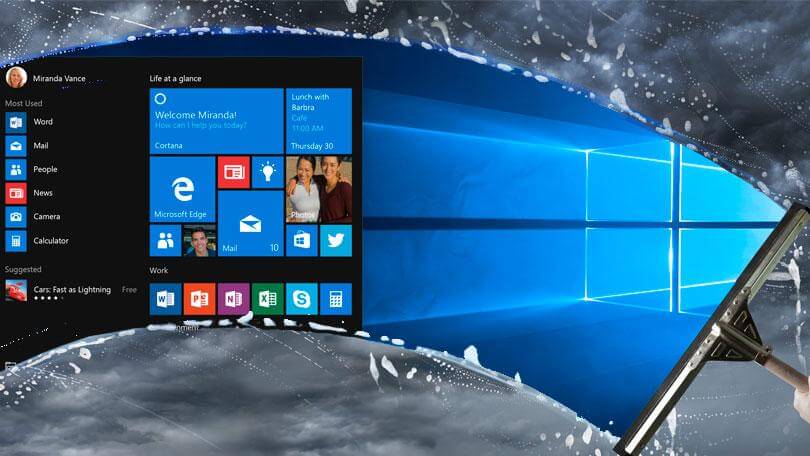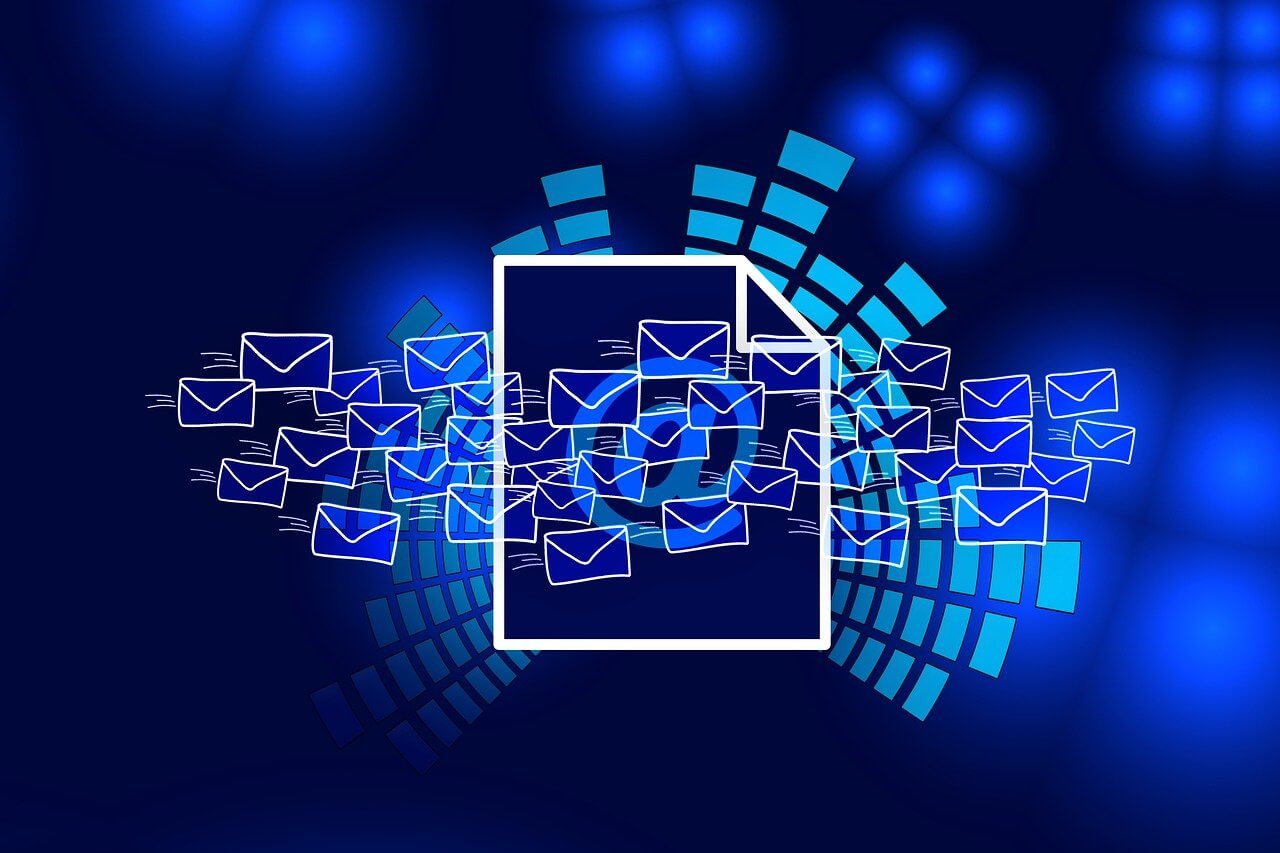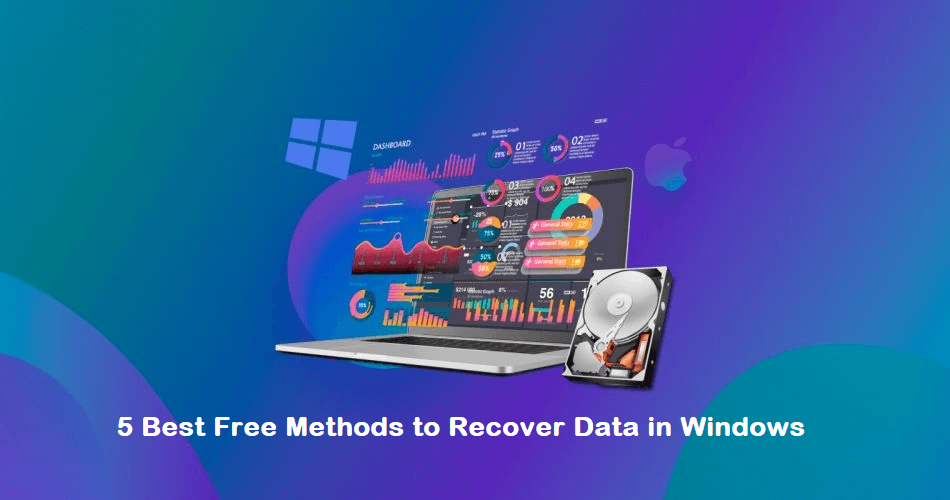SSH Session Recording – A Guide
Introduction: SSH Session Recording
SSH is a cryptographic network protocol that provides security between two remote machines through an unsecured network such as the Internet. SSH uses different encryption and authentication methods that make secure connections between two machines.
Previously, users would have to use Telnet to obtain server access. Since telnet isn’t secure, and the Internet has been open to a global audience, servers connected to the Internet needed a safer way to access the shell.
Now that SSH session recording methods are available, organizations are finding it easier to protect their data. Want to find out how? Then keep reading, as we’ll go more in-depth with SSH’s properties and how it’s a benefit for small to large networks.
How Does SSH Work?
SSH session recording works by asymmetric and symmetric encryption:
- Asymmetric encryption is where both keys can be used for decryption and encryption. The server uses the client key to decrypt the data that was encrypted by the public key. Also, the server’s public key is used by the server to help decrypt the signal.
- Symmetric encryption is when one key is used for decryption and encryption of the data transferred between the server and the client.
Which One Do We Use For SSH Session Recording?
SSH uses both asymmetric and symmetric encryption. Asymmetric encryption takes up too much time and resources, so most SSH session recording connections use a symmetric recording. Asymmetric encryption is only used to share secret keys (session keys), using symmetric encryption speeds to push the communication further.
Benefits of SSH
As mentioned earlier, SSH applications are crucial for businesses that want to utilize and protect their data. SSH is used to defend your network from the following attacks:
IP Source Routing
While the majority of people use IP source routing for changing network paths once the original one fails, malicious individuals can use IP routing to make a device believe that it’s working with another device.
DNS Spoofing
DNS spoofing is a process where data is inserted into an ache database’s Domain Name System. The name server then returns a false IP address. Hackers do this so they can divert their traffic onto another machine. Once the attack is completed, they can obtain confidential and sensitive information.
Data Manipulation
Attackers perform data manipulation on your networks, routers, and other interconnected objects. The intruder either changes the network or receives the data when traveling via the network route.
Basically, we need SSH in order for our networks to survive. Without it, cyber-criminals will find it easier to steal valuable information. So be proactive and consider using SSH to keep your business growing and staying secure.
Conclusion
As the average hacker becomes savvier with advanced data extraction methods, you need to create something to keep your important files safe. SSH session recording allows you to plan for upcoming hacks, saving you thousands of dollars on repair. Thus, when using SSH, always rest assured that your network is well protected against inside and outside attacks.
Do you have any questions about using SSH for your organization?
Feel free to comment in the section below.
Popular Post
Recent Post
How To Record A Game Clip On Your PC With Game Bar Site
Learn how to easily record smooth, high-quality game clips on Windows 11 using the built-in Xbox Game Bar. This comprehensive guide covers enabling, and recording Game Bar on PC.
Top 10 Bass Booster & Equalizer for Android in 2024
Overview If you want to enjoy high-fidelity music play with bass booster and music equalizer, then you should try best Android equalizer & bass booster apps. While a lot of these apps are available online, here we have tested and reviewed 5 best apps you should use. It will help you improve music, audio, and […]
10 Best Video Player for Windows 11/10/8/7 (Free & Paid) in 2024
The advanced video players for Windows are designed to support high quality videos while option to stream content on various sites. These powerful tools support most file formats with support to audio and video files. In this article, we have tested & reviewed some of the best videos player for Windows. 10 Best Videos Player […]
11 Best Call Recording Apps for Android in 2024
Whether you want to record an important business meeting or interview call, you can easily do that using a call recording app. Android users have multiple great options too. Due to Android’s better connectivity with third-party resources, it is easy to record and manage call recordings on an Android device. However it is always good […]
10 Best iPhone and iPad Cleaner Apps of 2024
Agree or not, our iPhones and iPads have seamlessly integrated into our lives as essential companions, safeguarding our precious memories, sensitive information, and crucial apps. However, with constant use, these devices can accumulate a substantial amount of clutter, leading to sluggish performance, dwindling storage space, and frustration. Fortunately, the app ecosystem has responded with a […]
10 Free Best Barcode Scanner for Android in 2024
In our digital world, scanning barcodes and QR codes has become second nature. Whether you’re tracking packages, accessing information, or making payments, these little codes have made our lives incredibly convenient. But with so many barcode scanner apps out there for Android, choosing the right one can be overwhelming. That’s where this guide comes in! […]
11 Best Duplicate Contacts Remover Apps for iPhone in 2024
Your search for the best duplicate contacts remover apps for iPhone ends here. Let’s review some advanced free and premium apps you should try in 2024.
How To Unsubscribe From Emails On Gmail In Bulk – Mass Unsubscribe Gmail
Need to clean up your cluttered Gmail inbox? This guide covers how to mass unsubscribe from emails in Gmail using simple built-in tools. Learn the best practices today!
7 Best Free Methods to Recover Data in Windows
Lost your data on Windows PC? Here are the 5 best methods to recover your data on a Windows Computer.
100 Mbps, 200 Mbps, 300Mbps? What Speed is Good for Gaming?
What internet speed is best for gaming without lag? This guide examines whether 100Mbps, 200Mbps, or 300Mbps is good for online multiplayer on PC, console, and mobile.






















